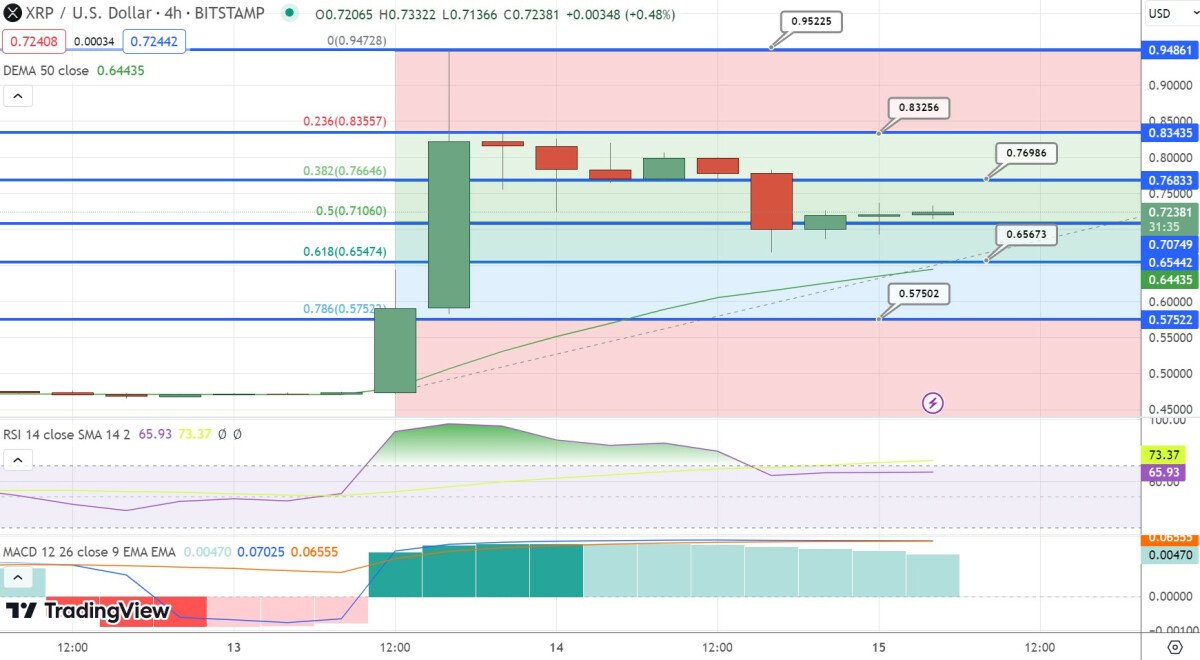What doesn’t kill you might not just make you stronger, but help you live longer too.
For aging and longevity expert Dr. Mark Hyman, stressing the body and brain is critical to lengthening health span—or the number of healthy years lived free of disease.
“One of the things that really helps us is adversity,” Hyman tells Fortune, adding that “a stress that doesn’t kill you makes you stronger.”
63-year-old Hyman, the founder and senior advisor for the Cleveland Clinic Center for Functional Medicine and author of Young Forever: The Secrets to Living Your Longest, Healthiest Life, has researched wellness practices and aging from an—ironically—young age. Before becoming a doctor, he taught yoga, interested in how to maintain healthy nutrition, exercise, and mindfulness.
While Hyman lives by his strength training regimen and nutritious diet, he also practices stressing the body—a lesser-known but equally essential feature of healthy aging.
“About 3,000 of our genes out of our 20,000 genes are focused on helping to keep us alive in adverse situations,” he says, noting people don’t often use them by choice. “We have our built-in regenerative renewal repair system. I call it the longevity switches, and they are activated by adversity.”
Hormesis is the body’s biological response to short, healthy stress. The process activates pathways that can benefit and slow the aging journey by “cleaning up old cells” and reducing inflammation, Hyman says. In short, the body builds resilience and short-term stress leads to longer-term strength.
Lucky for us, easy everyday hormesis-based activities are available.
Here are Hyman’s three most popular stress activities for a longer, healthier life:
1. Exercise
The next time you’re in the gym and feel the short-term stress of a HITT workout or weight-lifting session, remember hormesis. Exercise is a type of hormesis because it takes short-term pain to have a long-term gain biologically.
Beyond improving mental clarity and reducing the risk of heart disease more common with aging, exercise can help build the body’s resilience to aging. Any type of exercise, from a 30-minute power walk to a strength training session, can make a difference.
Hyman touts his 30-minute strength training routine, which includes body weight sessions and resistance bands for muscle strength, mobility, and balance; Research suggests resistance bands may reduce frailty in older adults.
Hyman also loves mountain biking as a form of exercise and says the key is finding something you enjoy and can do repeatedly. National guidelines recommend at least 150 minutes of moderate-intensity workouts and two days of strength training a week.
2. Fasting
Research suggests intermittent fasting may combat age-related processes by reducing inflammation, increasing insulin sensitivity, and improving metabolism.
Hyman fasts overnight between 12 and 16 hours, another form of hormesis that stresses the body by breaking down cells and ridding the body of damaged proteins. Moreover, late-night meals, which interfere with the completion of an overnight fast, may impact the body’s ability to store and burn calories.
After fasting overnight, Hyman eats a nutritious breakfast filled with protein to repair and build muscle (this also helps combat age-related muscle loss).
3. Hot vs. cold
Hyman jumps in a cold shower for two minutes every morning. The popular morning cold plunge, which releases dopamine and adrenaline, can also have longevity benefits as a hormesis activity. The immediate stress effect gives the body delayed gratification and can improve mental clarity longer-term.
“Total body immersion in cold water between 40 to 60 degrees for one to three to five minutes can profoundly affect your health in positive ways by improving your metabolism, improving your mood, reducing pain, [and] inflammation,” Hyman says.
Cold water plunges are still being studied, but research is promising. Still, the American Heart Association says people with underlying heart conditions be careful and speak to a doctor beforehand.
Significant temperature changes in either direction can activate the longevity pathways—even a hot bath or sauna. Going into a sauna in 170 degrees four or five times a week for 30 minutes can have massive benefits, Hyman says.
“You’ll end up increasing heat shock proteins which clean up all damaged proteins and boost your immune system and increase your cardiovascular health,” he says.
Beyond these stress-related longevity hacks, Hyman also has an oxygen deprivation mask he sometimes uses when exercising to put him in a temporary stress state.
“We have the power within us to activate our longevity switches and turn back the biological clock. We just have to follow the basic principles of human biology to do that,” Hyman says.
Credit: Source link










